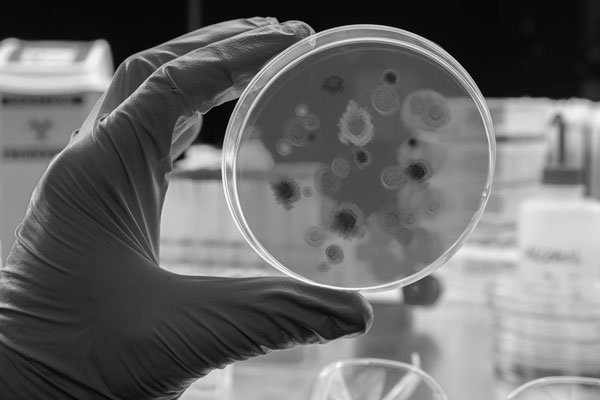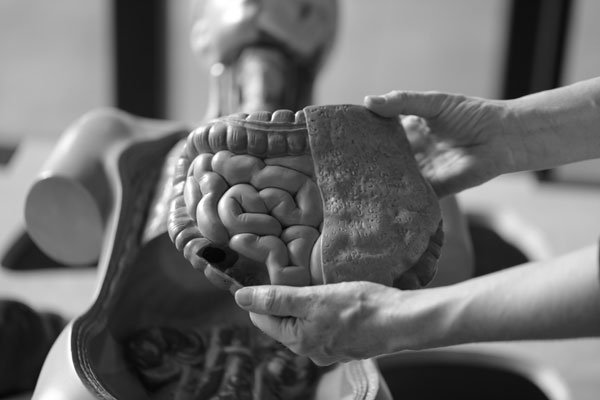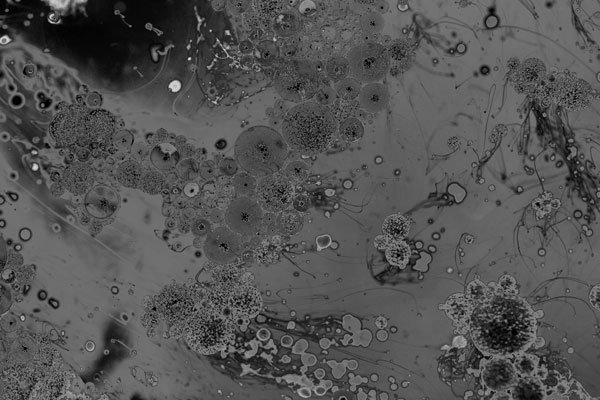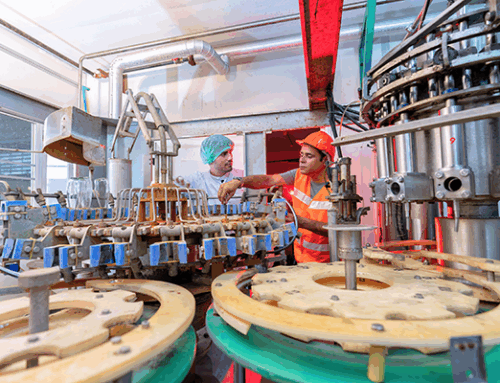Humans are never alone. Alongside us, there is a thriving microbial crowd, to the extent that microbes and human cells exist in us at a nearly 1:1 ratio. The number of cells that compound the totality of the human body is astronomical, in the order of tens of trillions – that is 1013, or a one followed by 13 zeros. However, due to the small size of microbial cells, this large amount merely contributes around 500 g of our total body weight. Yet, its impact on our health and well-being is immense.
The microbial community inhabiting our gastrointestinal tract (gut microbiome – GM) is so relevant that it sometimes gets called “our second metabolic organ.” Our microbial roommates affect processes in our bodies as varied nutrient absorption and defense against pathogens. Still, they also impact conditions such as irritable bowel syndrome (IBS) and even neurological disorders.
The Science of the Microbiome
To help advance the knowledge of microbiome, in 2007, the National Institutes of Health (NIH) initiated the Human Microbiome Project (HMP), intending to promote research characterizing the bacterial, archaeal, and fungal communities associated with the human body and their role in health and disease. Another initiative aimed to help push the boundaries in GM science is INFOGEST. Established in 2014, INFOGEST is a network that comprises over 400 scientists from 150 institutions in 45 counties and aims to harmonize the methodology used for research.

The variety of processes that the GM affects highlights its importance. Since the 2000s, there has been a continuous push to advance in microbiome science, characterizing both the diversity and functionality of the microorganisms (bacteria, fungi, protozoa, and archaea) that form part of it. During this time, the technologies used to identify the microbial community members have also evolved. Initially, their characterization was a tedious process involving the cultivation of microorganisms using liquid media and Petri dishes, involving long incubation periods and low
throughput. Since the advent of next-generation sequencing, the strategy has changed. Using genetic markers, the different members of the GM could be identified without the need to be grown in lab conditions. This is particularly relevant since only a small fraction of bacterial and archaeal species can be cultivated. More recently, instead of trying to identify microbial species, the interest has moved towards identifying what they can do, using technology such as shot-gun metagenomics, which aims to reconstruct the whole genomes, assembling them from small DNA chains that have been sequenced.
The GM as a dynamic ecosystem within us
The biological communities inhabiting any ecosystem are highly susceptible to modification in the physico-chemical parameters. The GM is no exception. Factors such as diet shape the community inhabiting the gastrointestinal tract. The impact is such that it is possible to identify microbial signatures influenced by geographical and individual dietary habits. Moreover, there are radical differences among the different compartments of the digestive system. For example, the small intestine is characterized by a quick transit and the presence of oxygen.
As a consequence, the ecology of this part of the gastrointestinal tract is dominated by facultative aerobic organisms with high growth rates. Conversely, with much slower movements and predominantly anaerobic conditions, the colon is characterized by its high biodiversity and the dominance of oxygen-independent organisms. In this case, instead of aerobic respiration, the members of this community rely on alternative pathways, like the use of sulfate (producing hydrogen sulfide) or fermentation (generating organic acids like acetate or gases, such

as methane). As an ecosystem, complex relationships are established between the different groups inhabiting it. For example, it is well described that a healthy gut microbiome protects against pathogens due to out-competition strategies (e.g., antibiotic production). But the benefits do not end there. Microorganisms have more varied metabolic capabilities than humans. They can produce substances that are beneficial to human beings: butyrate (another organic acid) is known for its anti-inflammatory and anti-cancer activities, but also essential vitamins, such as B12, folate, riboflavin, biotin, or vitamin K, are produced by microbial communities inhabiting our digestive systems. On the other hand, under restrictive conditions, the GM can also resort to being pernicious for its host. Nutrient deficiency can reshape the community, and organisms that can digest host molecules, like mucins forming the colonic mucus barrier, can proliferate, ending in inflammatory processes.
The path forward in research
The relationship between us and our microbial roommates is complex and presents challenges and opportunities. The intricate relationship between diet, GM, and health highlights GM’s pivotal role in our overall health. Both private and public sectors have joined forces in trying to disentangle the mysteries of this “second metabolic organ.” The results of this research have ended up in different services and products, such as personalized microbiome management, microbiome-based therapeutics, and understanding disease mechanisms.
As humanity keeps exploring outer space, it also unravels the inner secrets of the microbiota inhabiting the internal part of our bodies. Both explorations are equally fascinating and have incredible benefits for humankind. Exploring the human microbiome allows us to re-think our relationship with our microscopic companions, recognizing them not as an alien passenger in our gut but as an integral component of our biology.
Projects such as the HMP and INFOGEST have arisen to mirror the human-microbial intimate collaboration. These initiatives highlight the importance of unearthing the secrets of the GM and their critical importance in paving a future in which health is seen from a broader, more integral, and more inclusive accounting for both human and non-human members of the partnership involved in our well-being.
In conclusion, our gut microbiome bears witness to the complexity and interconnectedness of life. As research progresses, humanity might discover that the solution to some of its ailments lies not in humans but within the trillions of microorganisms that call us home. Embracing this perspective opens up a world of possibilities for advancing human health in harmony with the microscopic life that thrives within us.







